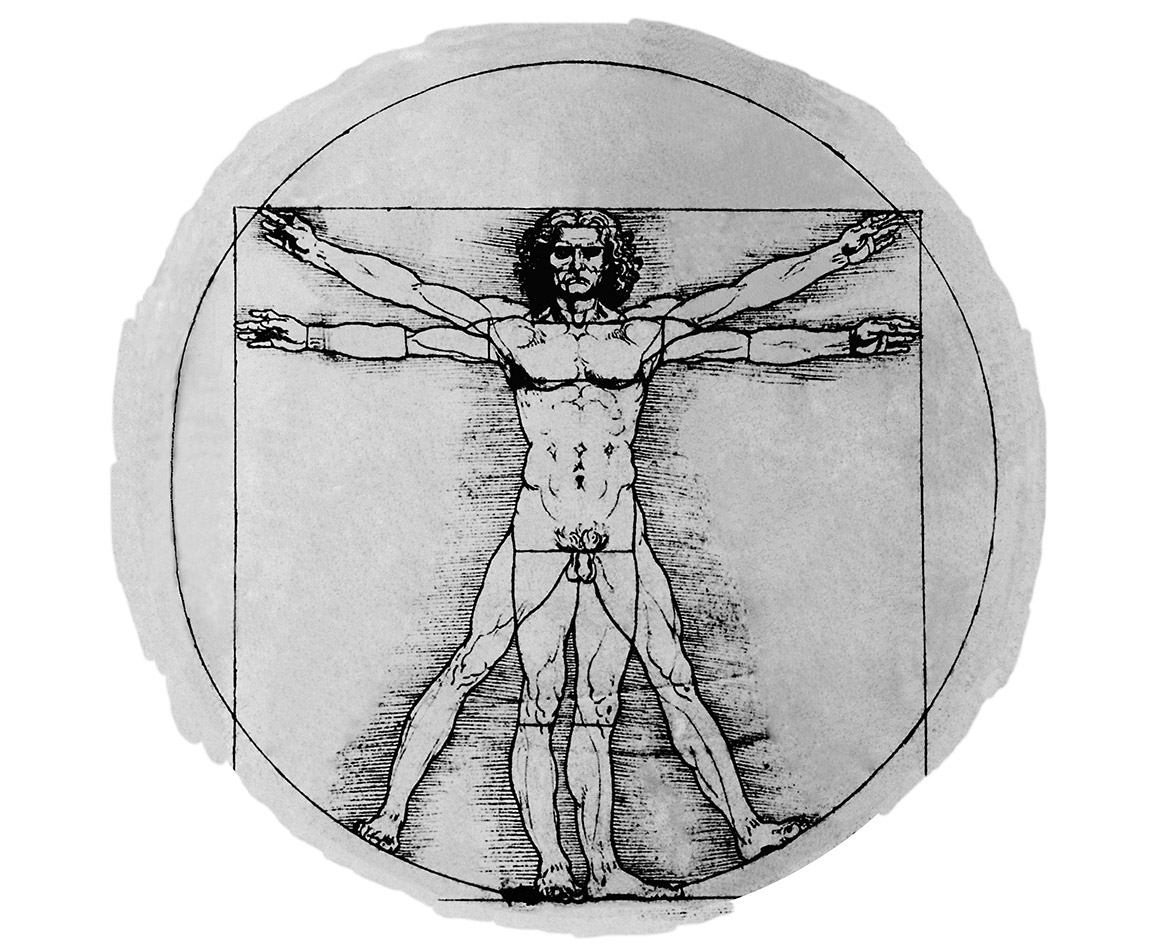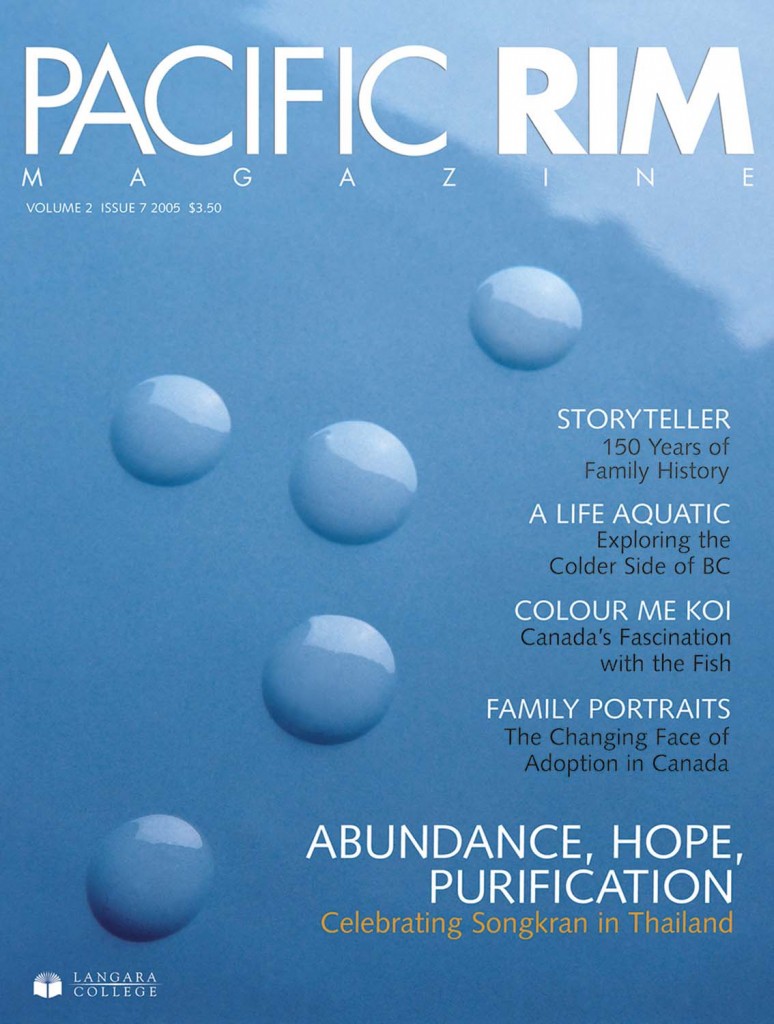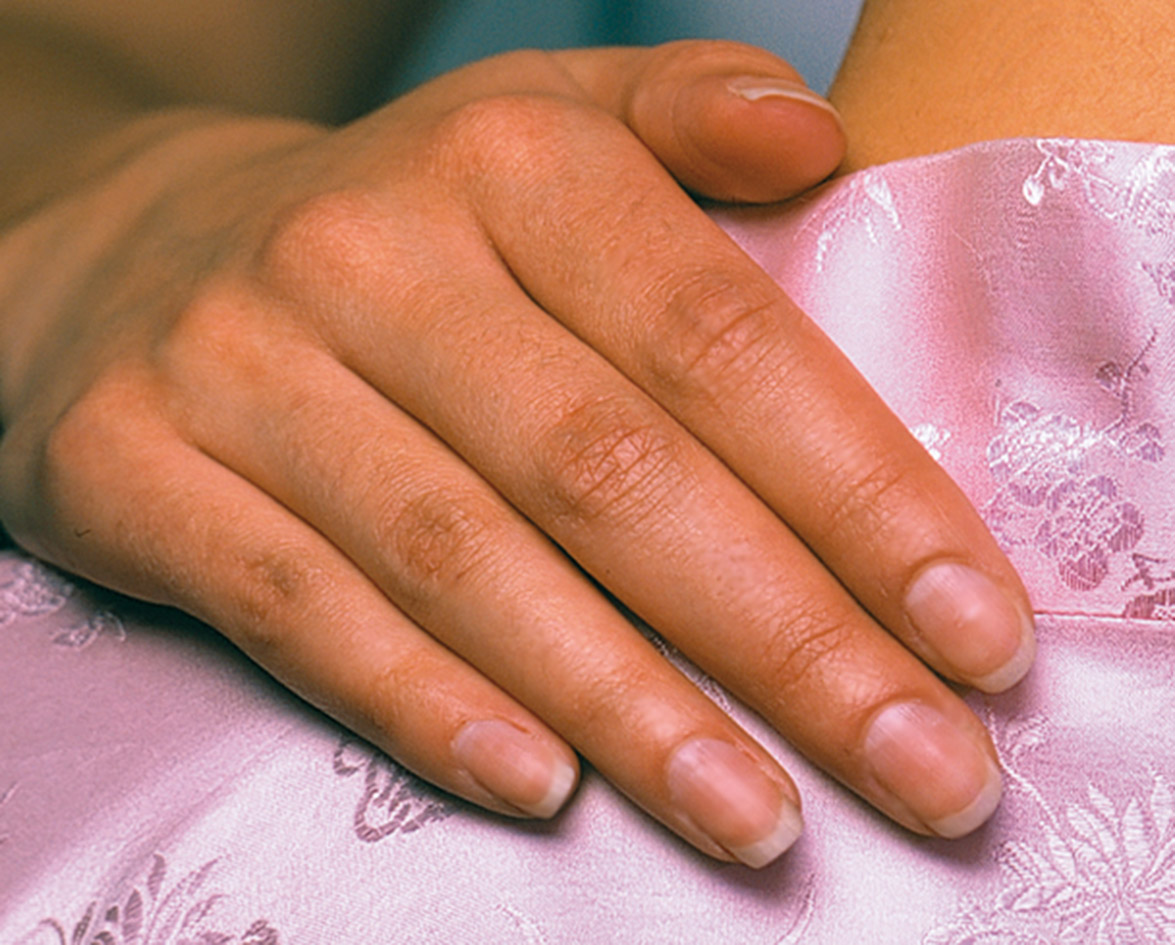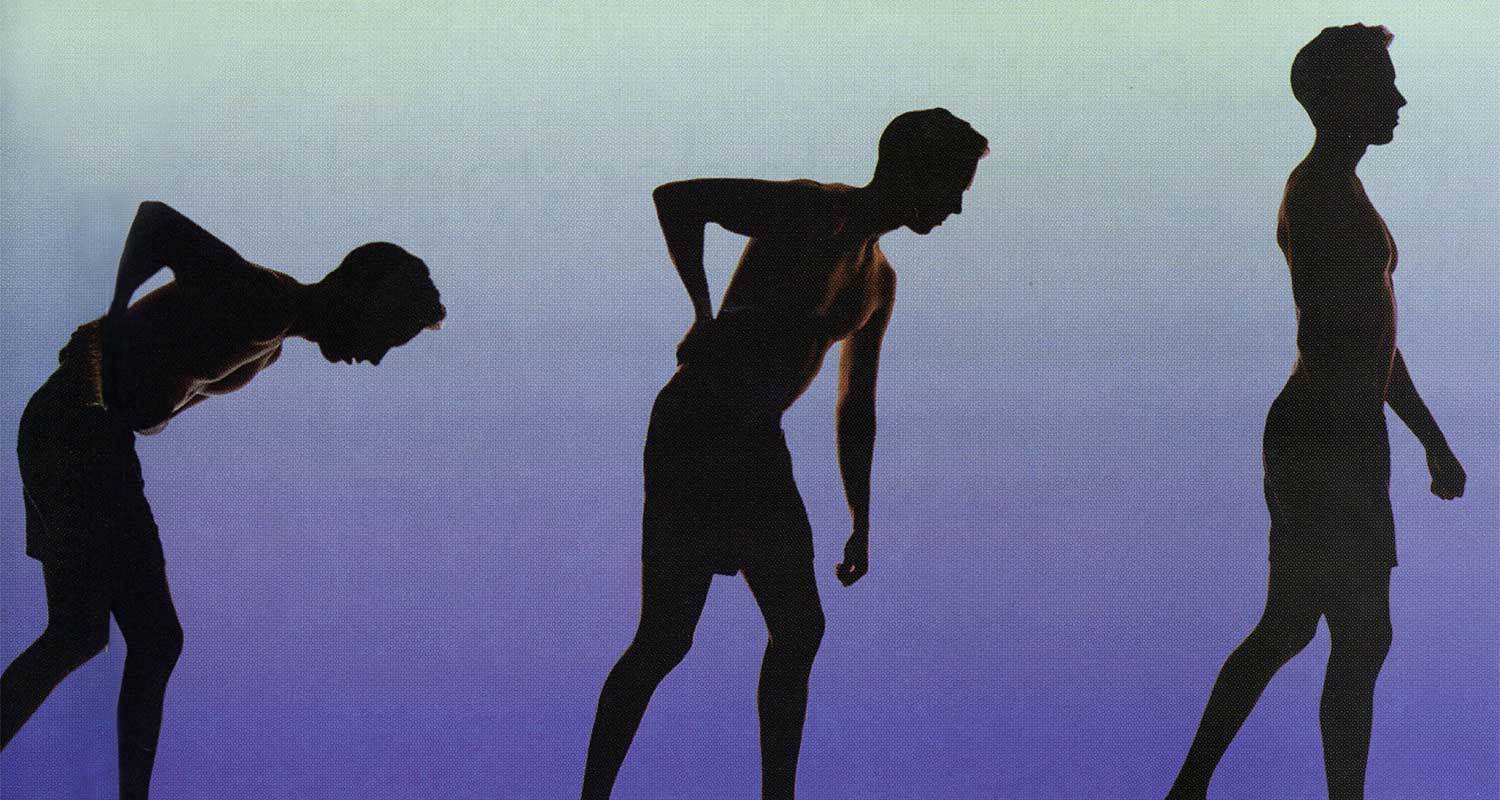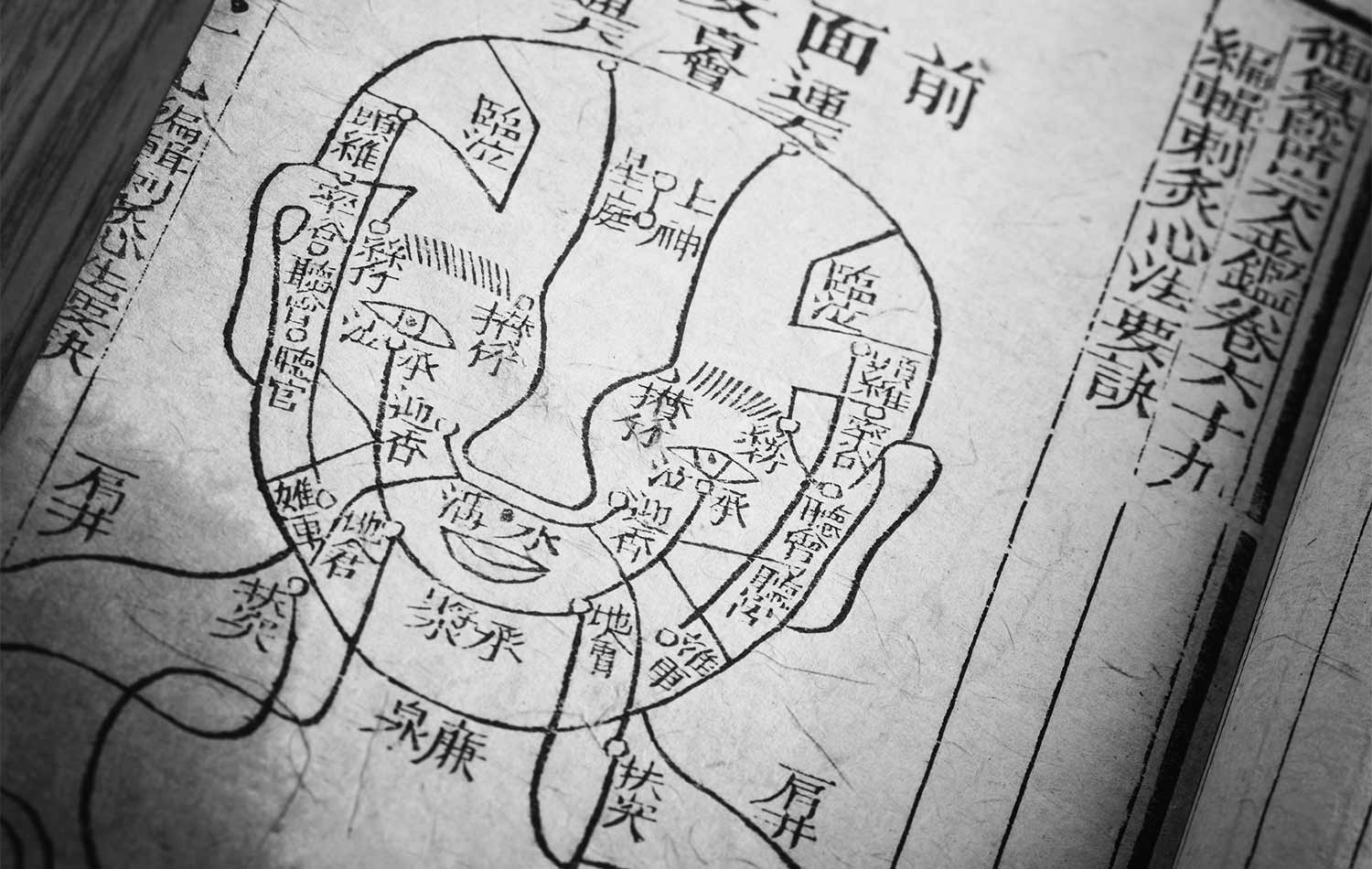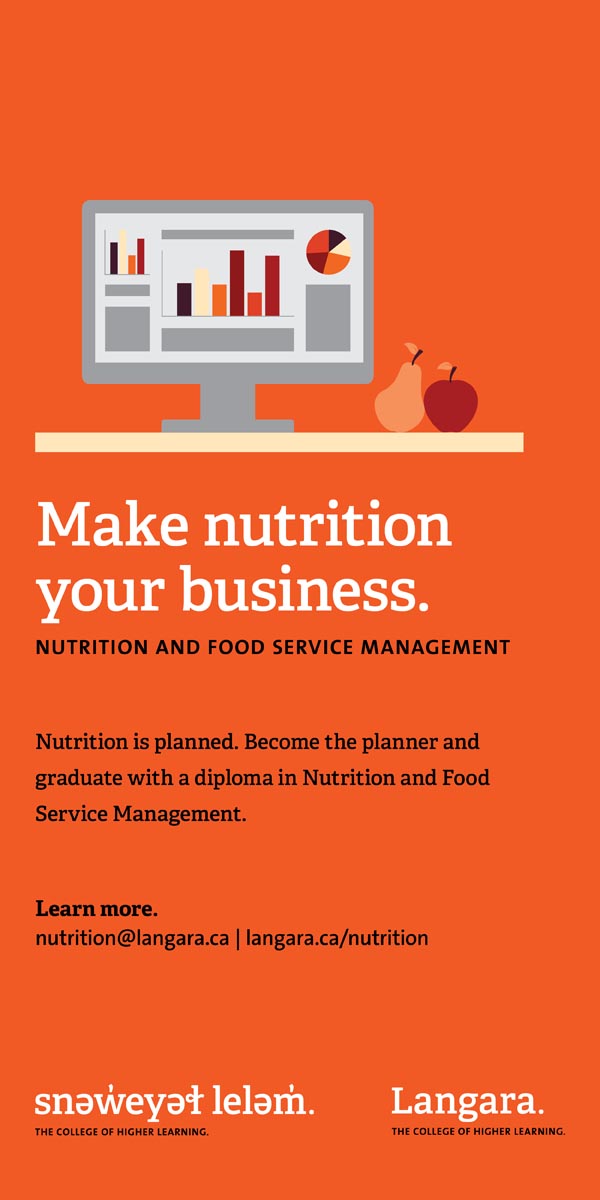Growing up in the ’60s, meals at home were bland and basic- meat with boiled potatoes and vegetables. Dining out was for special occasions. Nowadays, we dine out regularly. At home, we cook stir-fry, Moroccan chicken, samosas, teriyaki, or other ethnic dishes as part of our regular dining habits. We have learned to take our favourite foods from each culture to create a diet that works best for us. We have done the same with our health care.
Seeking Alternatives For Healthcare
Increasingly, people are looking outside the parameters of medical science for supplementary health care. Delina Petit Pas, a reiki master for 14 years, sees the flow of information going both ways: “We have reiki and western medicine, and can use what we need from both. There are people in the medical profession who are taking touch therapy and using it in the system… there are times when we [reiki practitioners] need to meet with someone who has the scientific knowledge to help us with a particular ailment.”
We have reiki and western medicine, and can use what we need from both.
Doug Louis agrees. In his early 40s, he has relied on western medicine for most of his life. For the past seven years, however, he’s been using reiki. If a problem can’t be fixed holistically, then he’ll go to a doctor. If he broke a bone, of course, he would see a doctor to have the bone set. Afterwards, he’d go for a reiki session to improve and speed the healing process. “Reiki is more of an energy system, concentrating human energy to where the ailment is, relaxing muscles, and aiding the body in healing itself.”
What Is Reiki?
In her book Essential Reiki , A Complete Guide to an Ancient Healing Art , Diane Stein observes, “Reiki is a laying on of hands touch healing system of incomparable ease and power.” It isn’t a quick fix. Each session takes about an hour and multiple visits are required. To the uninitiated, it seems that reiki is pure faith and folklore. But faith is only a part of the story. “You must believe in yourself and the person giving reiki or you’ll fight it and it won’t help you,” explains Louis. He considers it the same when you take medicine – you must believe that it’s beneficial. “When your psyche is feeling better, it means your body is going to feel better.”
Disillusioned with the Western medical system, Louis seeks supplementary care through reiki. He remembers a time when nurses did the initial diagnosis and the doctor verified their findings. At that point, doctor and nurse worked together as a team. “Now it’s two factions fighting against each other, and it seems like they forget about the patient,” says Louis. As a result of this situation, he believes people should think before they go to the doctor.
Patients Are Seeking More Knowledge
In conventional Western medicine, those seeking medical attention would go to a doctor, who would give a diagnosis; patients would obey the medical practitioner’s instructions: “Take two of these, and call me in the morning.” Now, patients are asking more questions, and want more information. Increasingly, people want to know what the side effects of medications are and what the medications do. Today, we have greater knowledge of how the body works. In 2000, the provincial government sent out the BC Health Guide. The book contains sections on healthy lifestyle, fitness, nutrition, mind-body wellness and complementary medicine – a definite sign that the public is demanding access to more information on health care.
Take two of these, and call me in the morning.
Kathy Garmulewicz, a registered nurse for 15 years, says people aren’t as patient these days. They demand more services and testing, and they are angry and frustrated in the emergency room. “Western medicine is science-oriented, evidence-based, and pharmaceutical- or drug-oriented,” says Garmulewicz. She adds, “It is also cost-driven. If one drug is cheaper, they’ll use that, if one treatment is cheaper, they’ll use that. It has gone from patient-centered to cost-centered.”
The Cost Of Caring
The drawbacks of Western medicine are clear to Garmulewicz: staff shortages, inadequate resources, and long waiting times for care and test results. There are, however, many positive aspects that Garmulewicz is quick to point out. The people who work in the system give so much of their time, they make the system work. They give up coffee breaks and lunches, and stay late to create a positive experience for the patient. Also, unlike alternative medicine, this kind of health care is available to rich and poor alike.
Unfortunately, our medical system has suffered due to cuts in funding. Registered nurses (RNs) who have four years of training are being replaced by licensed practical nurses (LPNs), and care aid workers, who both have less training. As a result, LPNs and care aid workers are now dispensing medication. The role of an RN has also expanded. Nurses often do first call, seeing the patient first, and sometimes the doctor is not even called in. Those in charge of medical funding apparently believe that it’s cheaper to have RNs, or LPNs handle the workload. Garmulewicz has seen staffing on a regular medical ward change from three RNs, one LPN, and one care aid worker, to one RN, and two LPNs. When an RN is absent due to illness, they are replaced with a tech, someone who knows machines but has no patient knowledge.
The Methods Of Learning Reiki
Although an ancient tradition, reiki is not immune to change. According to Petit Pas, “there are now factions of reiki. One is very advertised. The way I was taught, it was something that people would seek out.” Traditional practitioners do not advertise, allowing clients and students to find them by word of mouth. By the traditional method, a level two student must wait for approval before moving on to the final stage of training. Most practitioners can recite the lineage of teachers they have learned from, back to Takata, the Japanese woman who brought reiki to the western world. In the non-traditional method, practitioners still believe training should be free, or at least affordable. But they differ because they do not require a waiting period between levels, and they advertise for patients and students. As a result, classes are generally larger with less one-on-one conversation and mentoring.
A Patients Experience Is At The Root Of Their Care
Petit Pas became interested in reiki when she realized it was a calming experience for people, and helped them to deal with issues both physical and spiritual. She apprenticed with her master for 10 years. It wasn’t something she took lightly. “I really believe that reiki is a vehicle for people to start to look at their issues, and they become healthy. There may be some things they can change; their lives could be different. They use reiki as a tool to assist them.”
Originally, Garmulewicz went into nursing because she wanted to work with people and have steady employment. Now that she’s on the job, helping patients to have a positive experience gives her a great deal of satisfaction. It is pleasing to hear that after a decade and a half, both women find their chosen paths fulfilling.
As to where things are headed, Garmulewicz believes reiki and other alternative services are beneficial in “non-acute and non-emergency settings.” These approaches work well in regular medical and extended wards and children’s wards, where people have more time.
Petit Pas sums up: “As a society we are always finding ways to do things better. That’s why we are here, learning how to do things better.” In the end, that is all any of us can do. We are trying to take care of our health in the best way we know how.” For some, taking care means using Western medicine only. For a growing majority, however, taking care is combining Western medicine with alternative therapy to create a synergistic system of health care.





